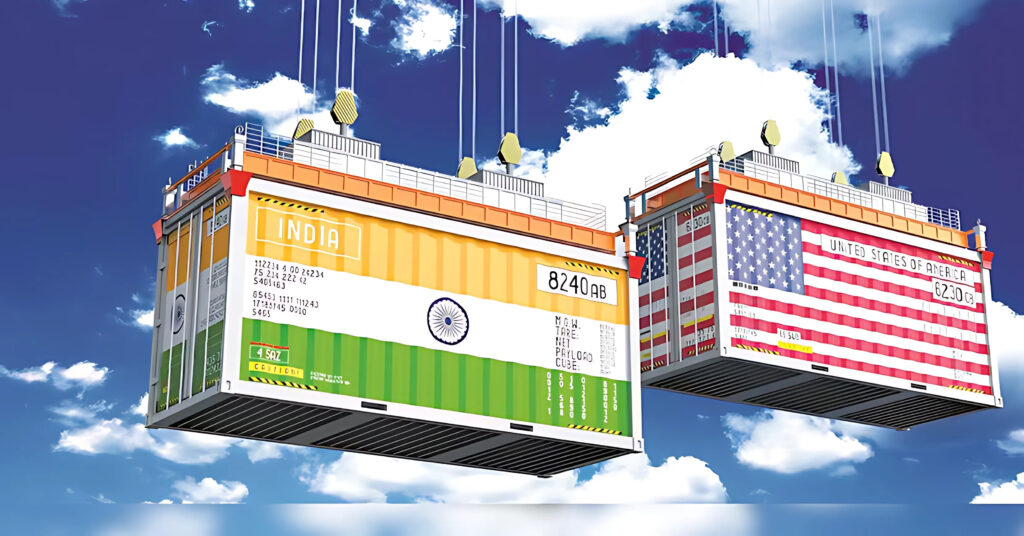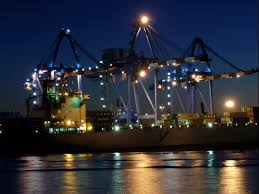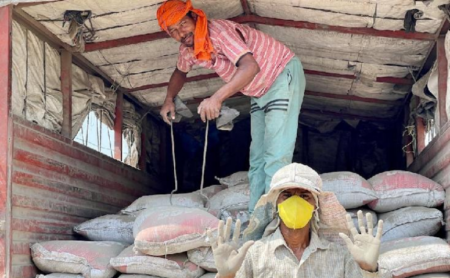Trump’s return to tariff politics has sent shockwaves through global markets—but India might just find opportunity in the disruption. With China under renewed pressure, manufacturers and exporters worldwide are scouting for neutral, reliable supply chain routes. In this feature story, we present industry views on how these shifts are reshaping policies, infrastructure needs, and strategic alignments.

This policy jolt could quietly nudge India into a more central role—not as a casualty, but as a connector. As trade routes realign, FTAs gain urgency, and global firms hunt for stability, India’s position as a Plan B might become Plan A.
Vipin Vohra – Chairman – Continental Carriers

“The reintroduction of US tariffs on China is speeding up diversified sourcing, positioning India as a long-term strategic partner due to its geography, stability, and growing trade ties, with Continental Carriers already seeing increased interest. To become a reliable hub, India needs to strengthen multimodal connectivity (ports, airports, inland terminals, and industrial clusters) and enhance policies for faster clearances, simplified compliance, and unified digital trade systems. Expanding off-airport cargo facilities and modern warehouses is also critical, showing how private innovation supports national logistics goals. While initiatives like Gati Shakti and the National Logistics Policy are making India’s logistics sector more agile, sustained absorption of redirected demand requires deeper collaboration between government, private players, and global partners, with targeted government incentives for infrastructure development (warehousing, cargo hubs, multimodal connectivity) being crucial. At CCPL, we believe scaling capacity, adopting digital tools, and investing in skill development are key to long-term resilience and global competitiveness.”
Nikhil Agarwal, President, CJ Darcl Logistics

“The recent US tariff reversals have shocked the global market, causing instability and prompting companies to rush shipments to the US during the 90-day pause. While diplomatic talks continue, the future is uncertain, creating a ‘wait and watch’ situation. However, India is well-positioned to capitalize on emerging opportunities due to significant advancements in its logistics infrastructure—dedicated freight corridors, multimodal logistics parks, improved ports, high-speed highways, and a growing airport network—enabling streamlined international and domestic goods flow. The central and state governments are pursuing policy reforms to attract foreign investment, and India’s strategic geographical location further enhances its appeal as a rising global supply chain leader.”
Cmde Debesh Lahiri (Retd), Advisor – National Centre of Excellence for Green Ports and Shipping (NCoEGPS) and the Centre for Resource Efficiency and Governance (Green Shipping), The Energy and Resources Institute (TERI)

“As Advisor to NCoEGPS, I see the global trade disruption and geopolitical instability as a huge chance for India to become a global logistics hub. The GoI/MoPSW has already put in place key policies like Sagarmala, MIV 2030, MAKV 2047, Harit Sagar Guidelines, GTTP, SBFAP 2.0, and the Maritime Development Fund to sustainably develop India’s ports and shipping for global leadership. While enabling policies exist, refinements will be made as needed, with over 300 initiatives across 11 themes in MAKV 2047 aiming for multi-dimensional growth in world-class ports and waterways, leveraging the NLP and PM Gati Shakti. Planned mega ports like Wadhavan, Vizhinjam, and ICTT Galathea Bay will make India a leading cargo destination. The Indian logistics ecosystem is collaborating with global leaders, and I’m confident both public and private entities will seize these unprecedented opportunities.”
Arun Pandit, Co-founder, Hyphen SCS

“With renewed US tariffs on China, India is becoming a strong ‘Plan A’ for global firms seeking alternatives, leveraging its stability, scale, and neutral stance. The Northeast, with projects like the Kaladan and IMT Highway and rising hubs like Guwahati and Agartala, gains strategic importance, boosted by India’s robust digital infrastructure (UPI, JAM, 940M+ broadband). To be a reliable logistics hub, India is prioritizing air connectivity expansion (120 new destinations), BSNL’s 4G/5G rollout, and port streamlining via ‘One Nation-One Port.’ India’s logistics ecosystem, with tech-driven public players and innovative private startups, is modernizing, supported by initiatives like Sagarmala (boosting coastal and inland cargo) and PM Gati Shakti for integrated planning. India is now a key hub, particularly in electronics, auto, and consumer goods; sustained momentum requires sharper execution, stronger PPPs, and a future-ready workforce.”
Sateshwar Tuteja, Director – Sales at Jeena & Company

“The imposition of US tariffs globally has caused major concern and uncertainty, impacting overall trade. The 90-day suspension offers a positive but narrow window for maximising exports, leading to a surge in logistics demand and potential double-digit freight rate spikes, as seen by the 3% rise in Dewry’s World Container Index to $2265 per 40′ container. This export surge strains the logistics industry with capacity constraints and storage shortages, influencing trade patterns. To ensure seamless deliveries, supply chains must be analysed to mitigate tariff disruptions, and logistics players and manufacturers should collaborate on mid-term strategies. This 90-day period is crucial for assessing vendor performance, refining data, and reinforcing operations in preparation for the post-suspension landscape. For a long-term vision, Indian exporters should also consider building trade ties with emerging markets like Africa, Central Asia, and Latin America, beyond focusing solely on large economies like the US and China.”











